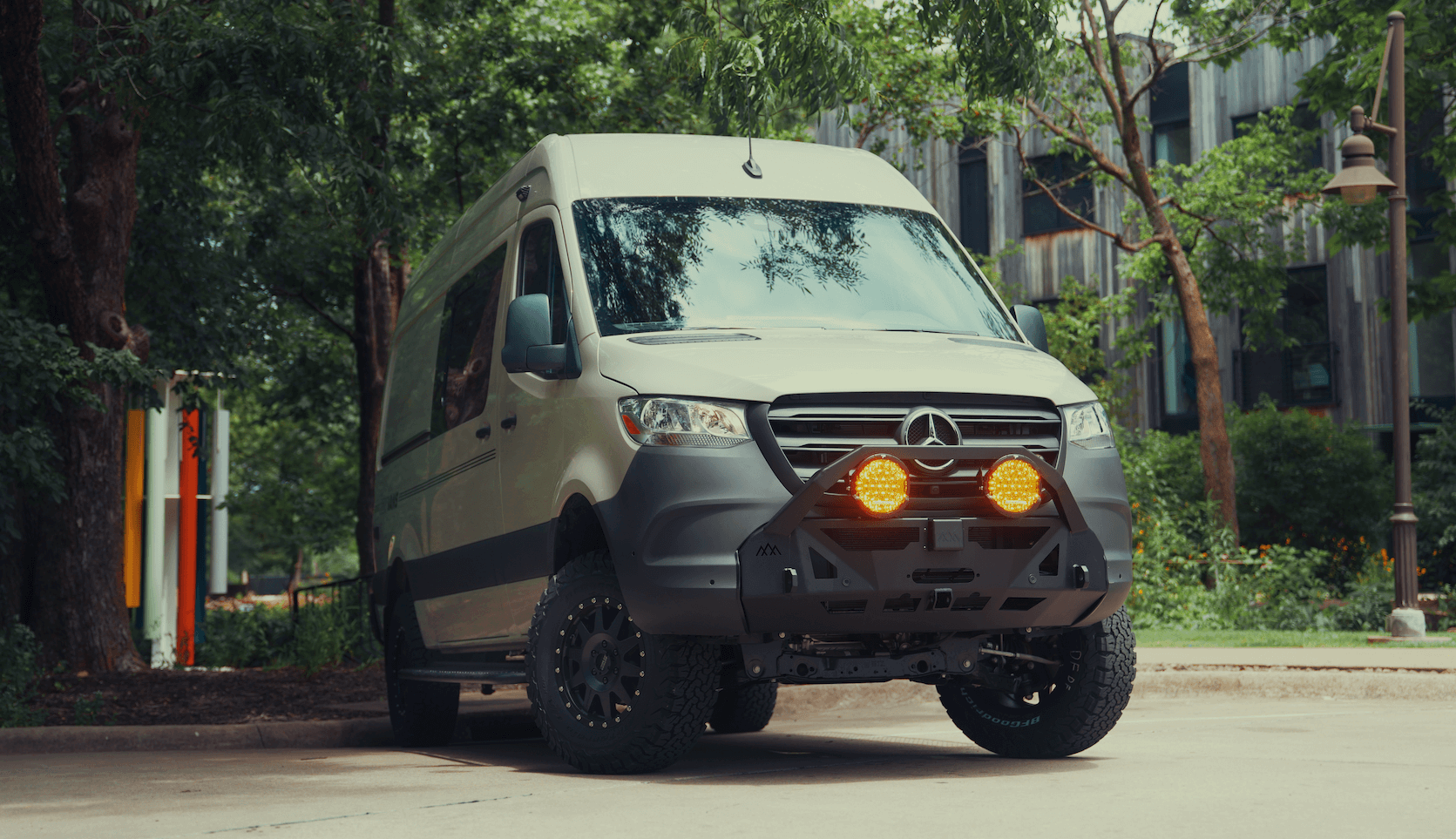Recreational Vans

Camper van fit out kits package the main systems and furniture required to turn an empty cargo shell into a livable space. Most kits center on a modular structure that sets the floor, wall panels, ceiling panels, and mounting rails so cabinetry and beds anchor safely. The advantage is predictable installation time, consistent fit, and components engineered to work together. Many kits also align with common van platforms, which simplifies measurements and accessory choices. When evaluating options, look for materials that balance durability, weight, insulation value, and quiet ride quality.
Cabinet and bed modules form the backbone. A typical bed system spans the rear with storage beneath for bikes, boards, or bins. Galley modules pair a sink base, counter, and drawer stack with space for a compact fridge. Overhead lockers add organized storage without cluttering the walk path. Some packages offer a gear garage divider, L track tie downs, or a removable middle bench to flex between cargo and camp.
Power, ventilation, and lighting complete the core. Expect a fused power center, wiring harness pre loomed to reach outlets and lights, and provisions for a battery bank and solar. Quality kits specify marine grade wire, proper fusing, and clear labeling. Ventilation usually centers on a roof fan and screened openings for crossflow. Dimmable LED lighting zones keep cabin use efficient and easy on the eyes after sunset.
Water systems in kit form stay simple to stay reliable. Many combine quick connect jugs or under counter tanks with a 12 volt pump, flexible lines, and a compact gray tank. The goal is easy fill and drain, no drama in freezing temps, and swift access for cleaning.
Start with a realistic use profile. List your must haves for sleep, cooking, storage, and power, then map those needs to a floor plan. Tape outlines on the van floor to feel the clearances and aisle. Measure wheel wells, door swings, and window placement before you commit.
Insulation and sound control set the foundation. Choose closed cell foam sheets, wool batts, or a hybrid system, and avoid trapping moisture against the metal skin. Add a thermal break under the floor and seal edges so dust and road noise stay out.
Electrical planning comes next. Size your battery capacity by daily watt hour needs. Add margin for cold mornings and cloudy stretches. Use a fused distribution panel, appropriately sized wire, and an inverter only if you truly need household outlets. Roof solar extends time off grid but does not replace smart energy budgeting. Ventilation is non negotiable for cooking, humidity control, and fresh air while sleeping.
Plumbing stays compact in most conversions. A small freshwater tank and simple pump handle drinking, dish washing, and hand rinsing. Use food grade hose, accessible shutoffs, and secure mounts so tanks do not shift on rough roads. If you add a shower, review drainage and waterproofing details carefully.
Safety and compliance deserve attention throughout. Maintain access to factory anchors and airbags, and keep weight balanced side to side and front to rear. Use approved fasteners into structural members, not just thin sheet metal. Choose heaters and appliances rated for mobile use and vented correctly. Finally, weigh the finished van and keep records for insurance and service.
The phrase timber van kit usually refers to warm wood cabinetry and panel sets that evoke a cabin feel. Woods like birch, bamboo, or lightweight plywood bring natural texture without excessive weight. Seal all faces and edges to manage humidity shifts, and use durable latches so drawers stay closed on mountain roads.
You may also encounter the search terms timberland van conversions and timberline vans. In common usage, these describe a style direction rather than a single specification. Think knot free panels, clean joinery, and muted earth tones. The key is pairing that look with right sized batteries, ventilation, and water so the rig performs as good as it appears.
The best van conversions into campers start with realistic trip patterns. Weekend mountain bike shuttles call for a wide garage and quick hose access. Long highway days reward better seat ergonomics, dense insulation, and soft lighting. Cold weather travel needs a safe heater, solid window covers, and a plan for frozen hoses. Hot climates need ample airflow, shade awnings, and reflective window covers.
When evaluating camper van fit out kits, study how parts interact. A bed height that fits bikes may push the mattress near the roof, so add a fan and choose bedding that breathes. A tall galley adds storage, yet it can narrow the aisle, so measure shoulder width with jackets on. In small spaces, small differences matter every day.
Looking for professional execution without guesswork, rattles, or surprises at the weigh station? OZK Customs builds purpose made camper vans with precise fitment, clean wiring, and tuned layouts that match how you travel. Our team designs, fabricates, and installs full interiors, power systems, water, lighting, and storage with an eye on safety, weight balance, and quiet cabin acoustics. Visit Recreational vans to see how a complete build comes together, explore a custom build van path, or review mainstream vans that align with financing goals.
Strong builds start with a conversation about routes, seasons, and gear. Share your plan and we will translate it into a reliable, quiet, and comfortable camper that feels right from the first mile.
Ready for a professional build that feels dialed from day one? Tell us how you travel and our team will design and build a custom van that fits your routes, gear, and comfort needs. Submit the form and let OZK Customs turn your plan into a road ready camper.
ADDRESS:
6159 E Huntsville Rd, Fayetteville, AR 72701
PHONE:
(479) 326-9200
EMAIL:
info@ozkvans.com